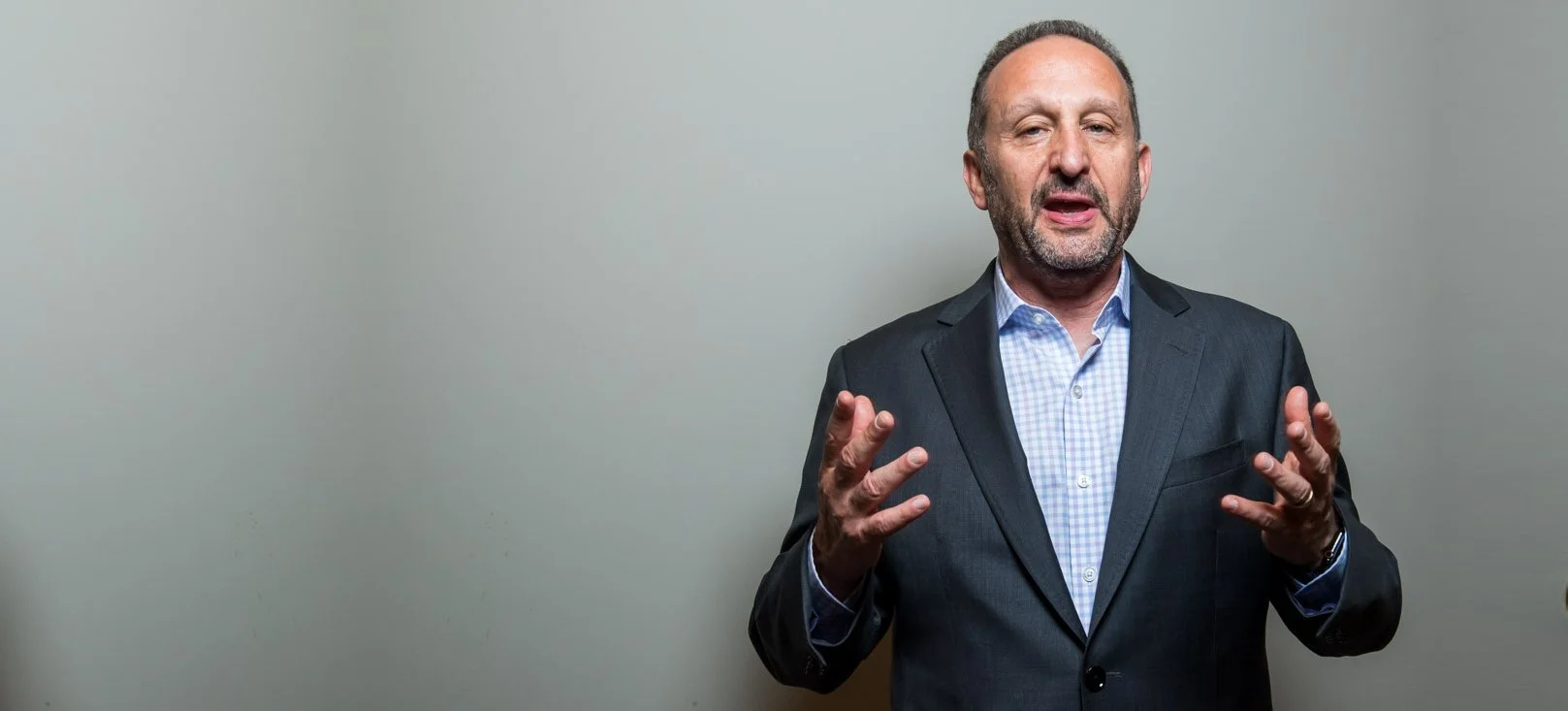For over 30 years, Christine Comaford (@Comaford)has been helping organizations build more engaged and profitable teams. Christine is the author of the bestselling book, Smart Tribes, and the leader of the Smart Tribes Institute. In my interview with Christine, we discuss her neuroscience-based approach to performance and her thoughts on leadership.
Mike Goldman: You’re unique in that you’re very focused on using the science of neurology to strategize and employ tactics that will help companies improve the way they operate. What got you interested in this?
Christine Comaford: At age 15 I looked around the world and saw that money didn’t make people happy. Achievement didn’t appear to either. So I began learning all I could about what makes people experience fulfillment, connection, their own version of success—and it all came down to the brain, our beliefs and our identity–all of which drive our behaviors which then affect our ability to be happy and fulfilled. Now, 38 years later and after having helped over 1,000 companies get the results they want, we have a proven process to get any company any results that rely on human performance.
MG: Why do you think people often overlook neuroscience as a way to improve culture and productivity? Compared to traditional ideas about leadership, are neuroscience-derived approaches to leadership very different, or are the core ideas the same?
CC: Emotions are just now starting to be discussed in business. Before, the business world was dominated by the intellect, which only affects 10% of our decisions and behaviors! Our neuroscience approach makes the emotional and survival areas of the brain most important. Only once we have safety there can we even care about belonging and mattering so we have to get primal as we launch a performance enhancement initiative.
MG: Similar to my work, you help companies engage their employees to cultivate a passionate workforce and increase revenue. What do you find are some of the most common issues clients come to you with? What are some obvious missteps that companies can avoid?
CC: People are tribal. Once we address the core needs of safety, belonging and mattering, we have to focus next on creating a shared identity that is bigger than oneself, forging shared beliefs and a compelling purpose and place we want to go together and who we want to be together. These can be embodied in potent mission, vision, values—which are often flat and energy-free when we first start working with a client! So once those have life/energy in them we need to take the culture’s temperature via an assessment or simple employee engagement survey. From there we know what to do next. Likewise with leadership we do 360s (which are great tools when done right, again, alas they are often done wrong) and see where leadership is missing opportunities to create a compelling passionate experience for their tribe.
MG: You worked for the George W. Bush Administration to help reinvent the Small Business Administration, which is pretty impressive! What were a few takeaways from that experience?
CC: Get all the influencers on the bus from the get-go. Aligning politicians and securing government budgets requires close to an act of God. Have a sense of humor, because conditions will constantly change. Make the plan 5 steps or less and very simple. Complete it, then launch the next plan.
MG: Where do you see leadership in the next few years as our economy shifts with more freelance and contracted employees, especially in smaller businesses? Is leadership as we know it fading because of the increasing technological advances that allow people to work remotely?
CC: I think leadership will always be key, except that our leadership is evolving to all levels of an organization, which is very healthy. This means focus, clarity in communication/intent, accountability, influence and sustainability are more important than ever before. With a distributed remote workforce as well a strong culture needs to be constantly reinforced. This is why we must use webcams in our meetings to receive the largest part of communication, which is nonverbal, and have many virtual high fives/celebrations and frequent feedback. Our greatest risk now is letting people get disconnected from one another. Leadership is about creating the conditions for people to soar, whether they’re in one office, many, or none at all.


